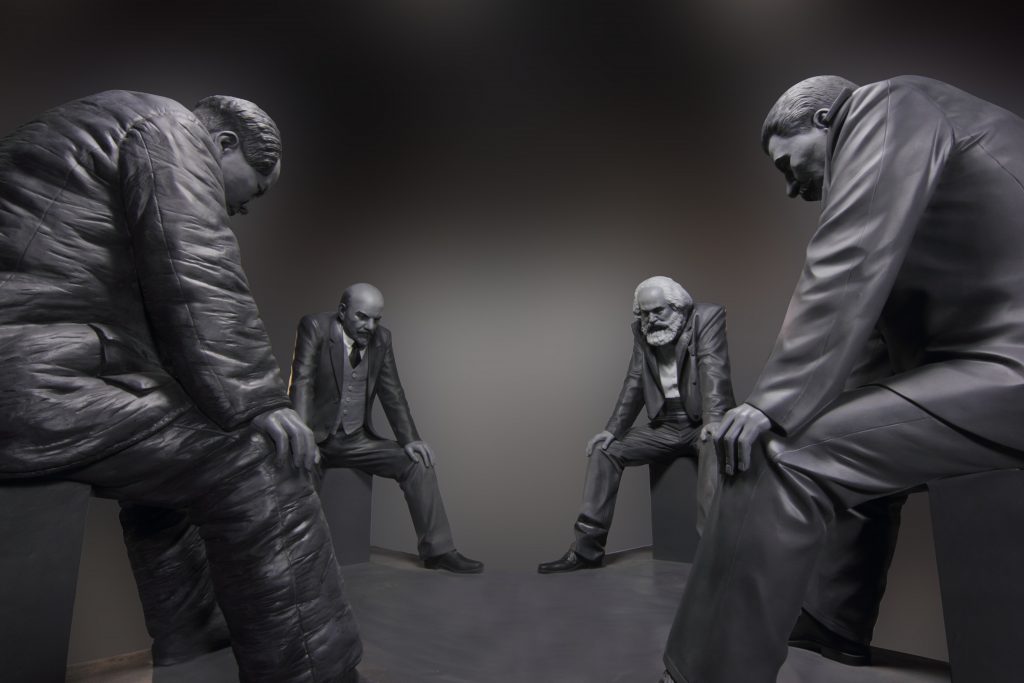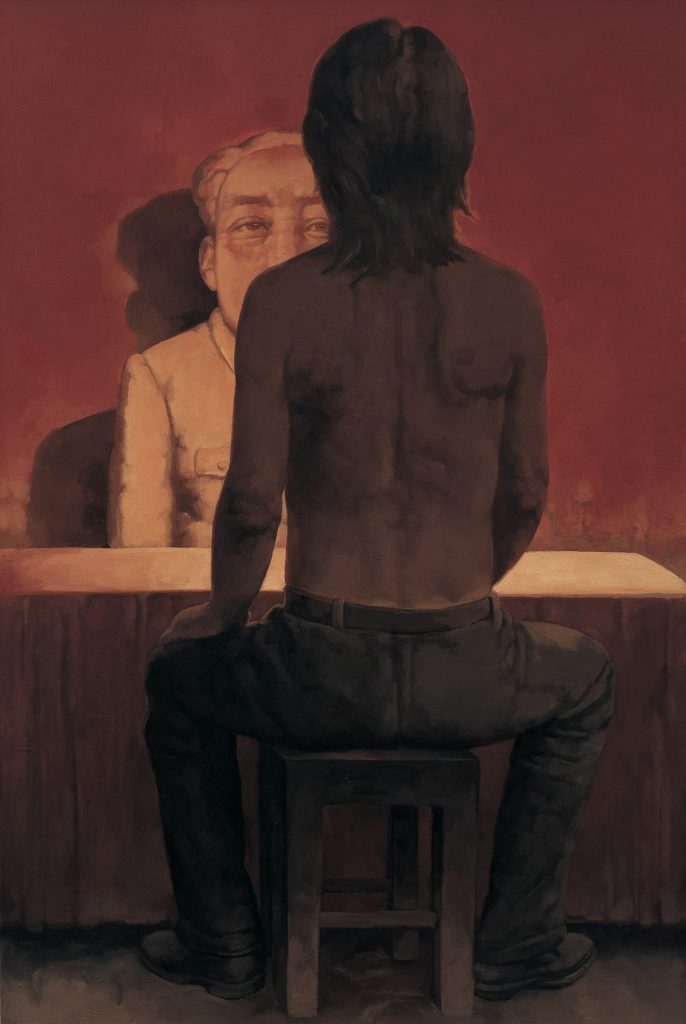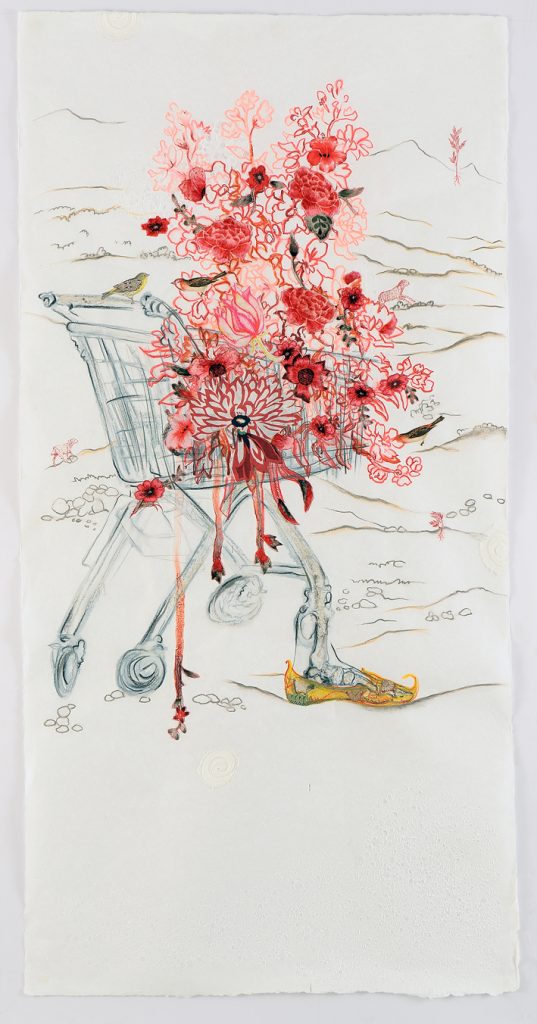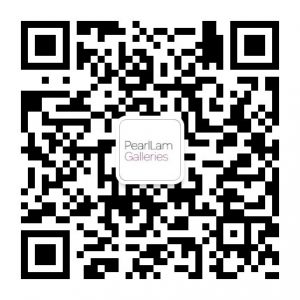9 September–9 November, 2011
Window in the Wall: India and China – Imaginary Conversations
Featuring works by Indian artists Abir Karmakar, Gigi Scaria, Lavanya Mani, Manjunath Kamath, Mithu Sen, Ranbir Kaleka, Sharmila Samant, T. Venkanna
Shanghai
Overview
Shanghai—Pearl Lam Fine Art is delighted to present Window in the Wall: India and China – Imaginary Conversations, an exhibition curated by Gayatri Sinha, an art critic and curator based in New Delhi, India, and Professor Gao Minglu, a curator, critic and professor at the University of Pittsburgh, USA. This exhibition is a unique combination of photography, video, sculpture and painting from fifteen contemporary Indian and Chinese artists.
China and India are the world’s two most populous nations with the fastest growing economies. Both countries are on the cusp of a changing global order, which puts them at the centre of world scrutiny. As a consequence of their rise in prominence, Indian and Chinese art are playing a more significant role in the international art market with some Indian and Chinese artists attracting a global following.
Relations between China and India date back to ancient times. Both cultures reflect a humanist and artistic exchange. Today through diplomatic and economic ties spurred by their respective growth, they have successfully entered into mutually beneficial dialogue.
This exhibition proposes a new way communication where contemporary artistic vision and cultural heritage become the basis of an imaginary dialogue – a Window in the Wall – to investigate cultural and philosophical concerns and redefine Asian consciousness in terms of individual and collective identity.
The past in China and India is always viewed as a spiritual realm, while the present relates to the transient materialistic world – an industrial and commercial playground.
The metaphor of the wall in this exhibition refers not only to the relation between the past and the present, but is extended to a demarcation of two cultural extremities: spirituality and materialism, introversion and extroversion. The coexistence of these opposing extremities has deeply influenced and shaped the two cultures.






